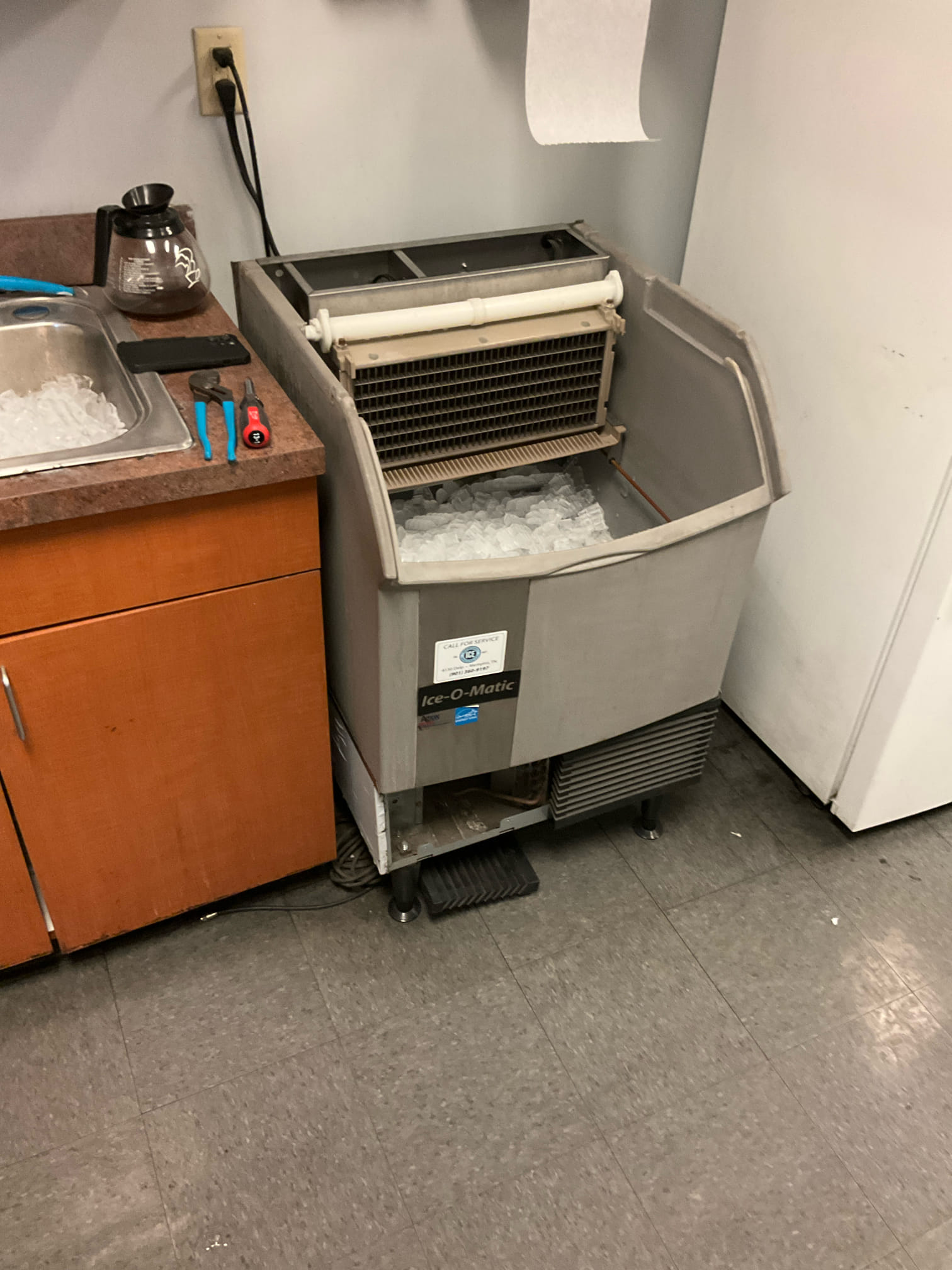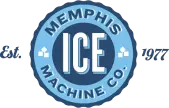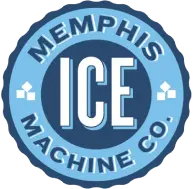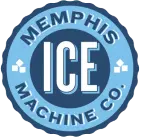proudly serving
the mid-south
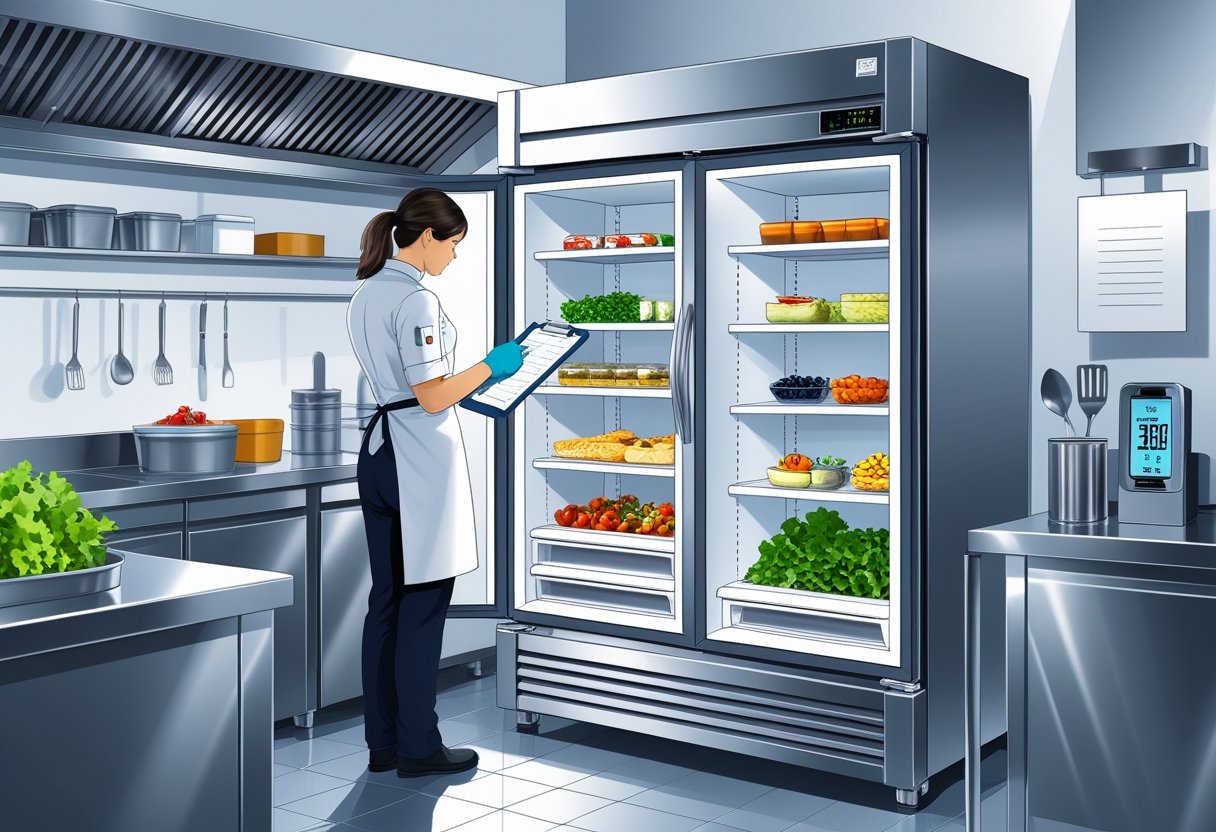
Restaurant Refrigeration Checklist for Optimal Food Safety and Efficiency
A reliable restaurant refrigeration system is crucial to keeping your food safe and your business running smoothly. A thorough restaurant refrigeration checklist helps you catch potential issues early, avoid costly breakdowns, and maintain consistent temperatures that protect your inventory. Knowing what to inspect regularly can save you time and money in the long run.
Your refrigeration units, from walk-in coolers to prep tables, require daily attention to ensure optimal performance. At Memphis Ice, we’ve been supporting Mid-South businesses since 1977, helping managers like you stay ahead with practical maintenance routines. Following a clear checklist can reduce stress and keep your kitchen operating without interruption.
By adopting a consistent approach to refrigeration care, you’ll extend the life of your equipment and reduce unexpected downtime. Whether you handle maintenance yourself or partner with trusted Memphis refrigeration experts, having a detailed checklist is the first step toward peace of mind and efficiency in your restaurant.
Essential Components of a Restaurant Refrigeration Checklist
Keeping your refrigeration units in top condition requires consistent checks and timed maintenance. Regular inspections protect your equipment from breakdowns, maintain food safety, and improve energy efficiency. Key maintenance tasks range from daily visual checks to thorough quarterly evaluations and annual servicing.
Daily Inspection Tasks
Start your day by inspecting door seals for cracks or gaps, which can cause cold air loss and increase energy use. Check that temperature gauges on walk-in coolers and reach-in refrigerators read within safe food storage ranges, generally between 34°F and 40°F.
Clean exterior surfaces and handles to remove dirt and prevent cross-contamination. Observe the compressor’s operation — any unusual noises or vibrations might indicate early mechanical issues. Report any frost buildup in freezers promptly, as it reduces cooling effectiveness.
Keep your daily restaurant refrigeration checklist simple but consistent; this avoids costly repairs later and ensures your commercial refrigeration serves your kitchen efficiently.
Weekly and Monthly Maintenance
Weekly, clear debris from condenser coils to maintain airflow and cooling efficiency. Dirty coils force compressors to work harder, shortening equipment lifespan. Defrost freezers manually unless they have automatic defrost, and verify fans inside units are running smoothly.
Monthly checks should include inspecting drain lines and pans to prevent clogs and overflow issues. Test the door hinges and latches; loose or misaligned components can break seals, letting warm air inside. Clean interior shelving and walls with food-safe cleaners to prevent mold or bacterial growth.
Using a detailed restaurant equipment maintenance checklist ensures nothing is overlooked in these weekly and monthly rounds, reducing unexpected downtime.
Quarterly and Annual Checks
Every quarter, schedule a deep clean of refrigeration units, including the removal of shelves and cleaning of all internal components. Inspect electrical connections and wiring for signs of heat damage or wear; faulty electrical parts can cause system failures or fire hazards.
Annually, arrange for a professional service to check refrigerant levels and overall system performance. This preventive step catches leaks and inefficiencies early, securing your investment in commercial refrigeration.
Memphis Ice, with its decades of experience servicing the Mid-South, recommends adding these quarterly and annual inspections to your maintenance routine for sustained reliability and food safety. This structured approach keeps your restaurant equipment running smoothly all year round.
For more detailed prevention strategies, explore a comprehensive restaurant refrigeration maintenance checklist.
Cleaning and Inspecting Critical Parts
Maintaining your restaurant refrigeration means regular attention to key components that impact performance and food safety. Focused cleaning and inspection can prevent costly breakdowns and extend your equipment’s lifespan.
Clean Condenser Coils
Dirty condenser coils reduce cooling efficiency and force your system to work harder. You should clean these coils monthly to prevent dirt and grime buildup. Use a soft brush or vacuum to remove dust and debris without damaging the fins.
Blocked coils lead to higher energy use and increased wear on compressors. Regular cleaning also helps avoid sudden failures that disrupt kitchen operations. Include coil cleaning in your restaurant maintenance checklist to keep cooling consistent.
Inspect Door Seals and Gaskets
Damaged or worn door seals let cold air escape and warm air enter, causing temperature fluctuations. Inspect seals weekly, checking for cracks, tears, or gaps. Replace any compromised gaskets immediately to maintain proper insulation.
Clean the seals with mild detergent to remove dirt and sticky residues that affect the door’s closure. Well-maintained seals are essential for food safety and energy efficiency. Neglecting this can cause temperature spikes that spoil inventory.
Check Drain Lines and Pans
Clogged drain lines and pans cause water buildup, leading to leaks or mold growth. Inspect these weekly to ensure proper drainage. Clear obstructions using a mild cleaning solution or compressed air.
Cleaning the drain pan removes grease and debris that accumulate over time. Keeping these parts clear helps avoid water damage and unpleasant odors in your kitchen. It’s a simple step that prevents maintenance headaches.
Clean Shelves and Interior Surfaces
Food particles and spills inside refrigerators create bacteria and odors if not cleaned regularly. Wipe down shelves, walls, and doors weekly using a food-safe sanitizer. Remove and wash removable parts to clean hard-to-reach spots thoroughly.
Proper airflow depends on uncluttered shelves arranged for ventilation. Keeping interiors spotless supports food safety standards and prolongs the life of your commercial kitchen equipment. Memphis Ice recommends making this a routine part of your cleaning schedule.
Temperature Control and Food Storage Practices
Maintaining precise temperature control and organizing storage efficiently are critical for keeping food safe and extending its shelf life. Regular oversight, proper equipment calibration, and thoughtful storage layout work together to prevent spoilage and contamination.
Monitor Temperature Logs
Consistently tracking temperatures is essential to verify your refrigeration units operate within safe ranges. Aim to check and record temperatures at least twice daily, focusing on walk-in coolers, freezers, and prep tables.
Use a standardized log that includes the date, time, location, and actual temperature reading. If temperatures fall outside the recommended range—typically 32°F to 41°F for refrigerated items—take immediate corrective actions to prevent foodborne risks.
Digitally logging with alerts can improve accuracy and response time. Training staff on proper thermometer use ensures reliable data. Proper monitoring aids compliance with food safety guidelines and supports inspections.
Calibrate Thermostats
Accurate thermostat settings are the backbone of effective refrigeration. Even minor deviations can compromise food safety by allowing bacterial growth in improperly chilled foods.
You should schedule thermostat calibrations quarterly or whenever you notice unusual temperature fluctuations. Use a calibrated, certified thermometer to compare the thermostat’s reading with the actual temperature inside the unit.
Adjust thermostat controls based on these findings, or call specialists for professional servicing. For example, Memphis Ice offers reliable refrigeration service to maintain optimal settings all year round, ensuring consistent cooling performance and peace of mind.
This practice helps prevent costly spoilage while safeguarding your food storage integrity.
Optimize Food Storage Layout
How you arrange items in your refrigerator or freezer matters significantly for temperature consistency and food safety. Store ready-to-eat foods on the top shelves to avoid cross-contamination from raw meats or seafood below.
Follow this order from top to bottom: ready-to-eat foods, seafood, whole cuts of beef and pork, ground meat and seafood, then poultry. Maintain proper spacing between items to allow cold air circulation.
Label and date all products, applying the FIFO (First In, First Out) method to reduce waste. Avoid overcrowding storage units to keep temperatures steady and prevent hotspots. Using clear bins or designated zones for different food categories can also improve organization.
Optimized layouts save time during busy service hours and support a safer kitchen environment.
Energy Efficiency and Cost Management
Managing your restaurant’s refrigeration system efficiently directly impacts your energy consumption and utility bills. Strategic steps can help you control these costs without sacrificing performance or food safety.
Reduce Energy Consumption
Focus on maintaining your refrigeration units regularly. Clean condenser coils and check door seals often to prevent cold air from escaping. This reduces the workload on compressors, cutting energy use.
Using energy-efficient equipment can lower consumption significantly. Opt for appliances with the Energy Star rating when upgrading. Also, consider smart temperature controls to fine-tune cooling based on usage patterns.
Proper organization inside walk-in coolers or reach-in units saves energy too. Avoid overloading or blocking air vents to maintain consistent airflow. If you operate multiple units, matching their capacities to actual needs prevents excess energy use.
Minimize Utility Bills
Utility bills for refrigeration can be one of your largest expenses. Simple adjustments like reducing compressor runtime through scheduled defrost cycles help lower costs.
Switching to low-global warming potential (GWP) refrigerants also improves efficiency and reduces potential regulatory fees in the future. Energy-efficient LED lighting inside coolers further reduces electricity demand.
At Memphis Ice, we emphasize preventive maintenance plans. Keeping equipment in optimal condition avoids costly breakdowns and spikes in energy consumption that can inflate your bills.
Tracking monthly energy usage helps identify trends and detect issues early. You can then address inefficiencies promptly, ensuring your refrigeration system supports your bottom line rather than challenges it.
For more detailed tips, explore this restaurant refrigeration maintenance checklist.
Preventative Maintenance and Professional Servicing
Regular upkeep and timely professional servicing are essential to keep your restaurant refrigeration operating efficiently and to avoid costly downtime. Planning routine tasks and knowing when to call a specialist protects your investment and maintains food safety standards.
Scheduling Preventative Maintenance
Establish a clear schedule for preventative maintenance that fits your restaurant’s workload and equipment type. Tasks like cleaning coils, checking door seals, and monitoring temperatures should be done weekly or monthly.
Use a simple checklist to track completed tasks and identify early signs of wear. Documenting maintenance helps avoid surprises and extends your equipment’s lifespan. A well-maintained refrigeration system consumes less energy and prevents food spoilage.
Plan for more thorough inspections quarterly or biannually. This keeps issues manageable and reduces emergency repairs. Memphis Ice recommends setting reminders and staying consistent to support year-round reliability.
Working with Service Professionals
Professional servicing complements your routine maintenance by addressing complex repairs and in-depth diagnostics. Choose technicians experienced with commercial refrigeration and specifically restaurant equipment maintenance.
Communicate clearly about your equipment’s history and any recurring issues. During service visits, ask for detailed reports outlining work done and recommended follow-ups. This transparency ensures your refrigeration remains in optimal condition.
Having a trusted partner like Memphis Ice means you get reliable service rooted in decades of regional expertise. Their team handles everything from walk-in cooler repair to ice machine maintenance, providing peace of mind so you can focus on running your business.
Integration with Broader Restaurant Maintenance
Refrigeration maintenance should fit seamlessly into your overall restaurant upkeep to protect food safety and avoid unexpected downtime. Aligning refrigeration tasks with your broader routine ensures nothing is missed and all critical equipment remains in top shape.
Incorporating Refrigeration into Overall Checklists
Your restaurant maintenance checklist needs to include refrigeration alongside other critical systems like fryers, gas lines, and HVAC. Daily checks should cover temperature consistency, door seals, and cleanliness inside units to prevent spoilage and energy waste. Weekly or monthly tasks might include cleaning condenser coils and inspecting fan motors.
Don’t overlook connected equipment, such as walk-in coolers and prep tables, when assembling your checklist. Coordinating refrigeration upkeep with other kitchen tasks—like cleaning fryer baskets and inspecting gas lines—helps reduce disruptions and scheduling conflicts. A comprehensive list fosters accountability and streamlines maintenance efforts.
Training Staff on Equipment Maintenance
Staff training is essential for early identification of refrigeration issues. Employees should understand how to monitor temperature readings, report unusual noises, and check seals and drains. Empowering your team with this knowledge reduces the chance of small problems escalating.
Use clear, simple instructions and regular refresher sessions to keep maintenance consistent. This can be part of your broader training on commercial kitchen equipment care, including fryer and HVAC maintenance. Educated staff act as your first line of defense in maintaining efficiency and safety daily.
Memphis Ice can help ensure your training includes key refrigeration points tailored to your operations, so your team is confident in their role.
Frequently Asked Questions
Keeping your refrigeration in peak shape means routinely checking key components, knowing when to call for help, and following a structured maintenance rhythm. Understanding what to look for and how to act is crucial for avoiding interruptions in your restaurant’s operation.
What items should be included on a commercial kitchen refrigeration maintenance checklist?
Your checklist should cover temperature settings, door seals, condenser and evaporator coils, refrigerant levels, and proper drainage. Inspect fans and clean filters regularly. Verify interior lighting and check for unusual noises or leaks.
How often should refrigeration systems be inspected in a restaurant setting?
Daily basic checks of temperature and cleanliness are recommended. More thorough inspections including coils, refrigerant, and electrical components should happen monthly or quarterly depending on usage intensity.
What are the common signs indicating urgent refrigeration maintenance is needed?
Look for temperature fluctuations, excessive frost buildup, strange noises, water pooling under units, and rising energy bills. These signs often signal refrigerant leaks or failing components.
Can you provide a basic outline of daily refrigeration checks for a restaurant?
Check and record temperatures at least twice daily. Ensure doors close properly and that seals are intact. Clear debris from vents and wipe down surfaces inside the units.
What are the best practices for handling emergency refrigeration repairs in food service establishments?
First, isolate the affected unit to prevent food spoilage. Call your trusted service provider immediately. Keep backup cooling options ready, such as portable coolers. Document the issue and monitor other refrigeration units closely.
Where can I find a reliable refrigeration maintenance service for my restaurant?
Look for local experts with proven experience in commercial refrigeration and the food service industry. For Memphis and the Mid-South, Memphis Ice offers trusted, responsive service backed by nearly 50 years of expertise. Their team handles everything from routine maintenance to emergency repairs, helping keep your operations running smoothly. See their commercial refrigeration solutions for more details.
Recent News
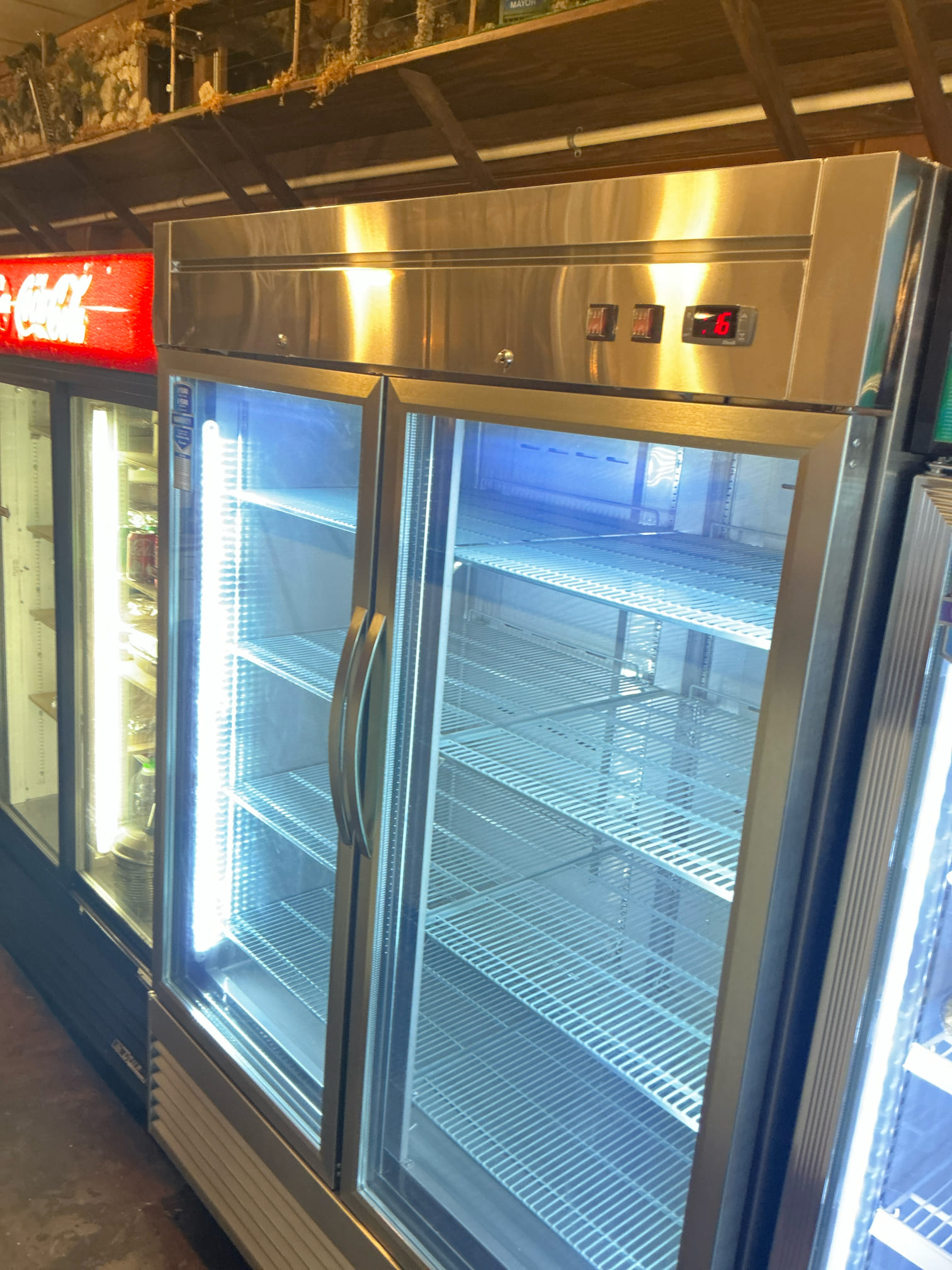
Best Practices for Storing Food Around Ice Bins Safely and Efficiently
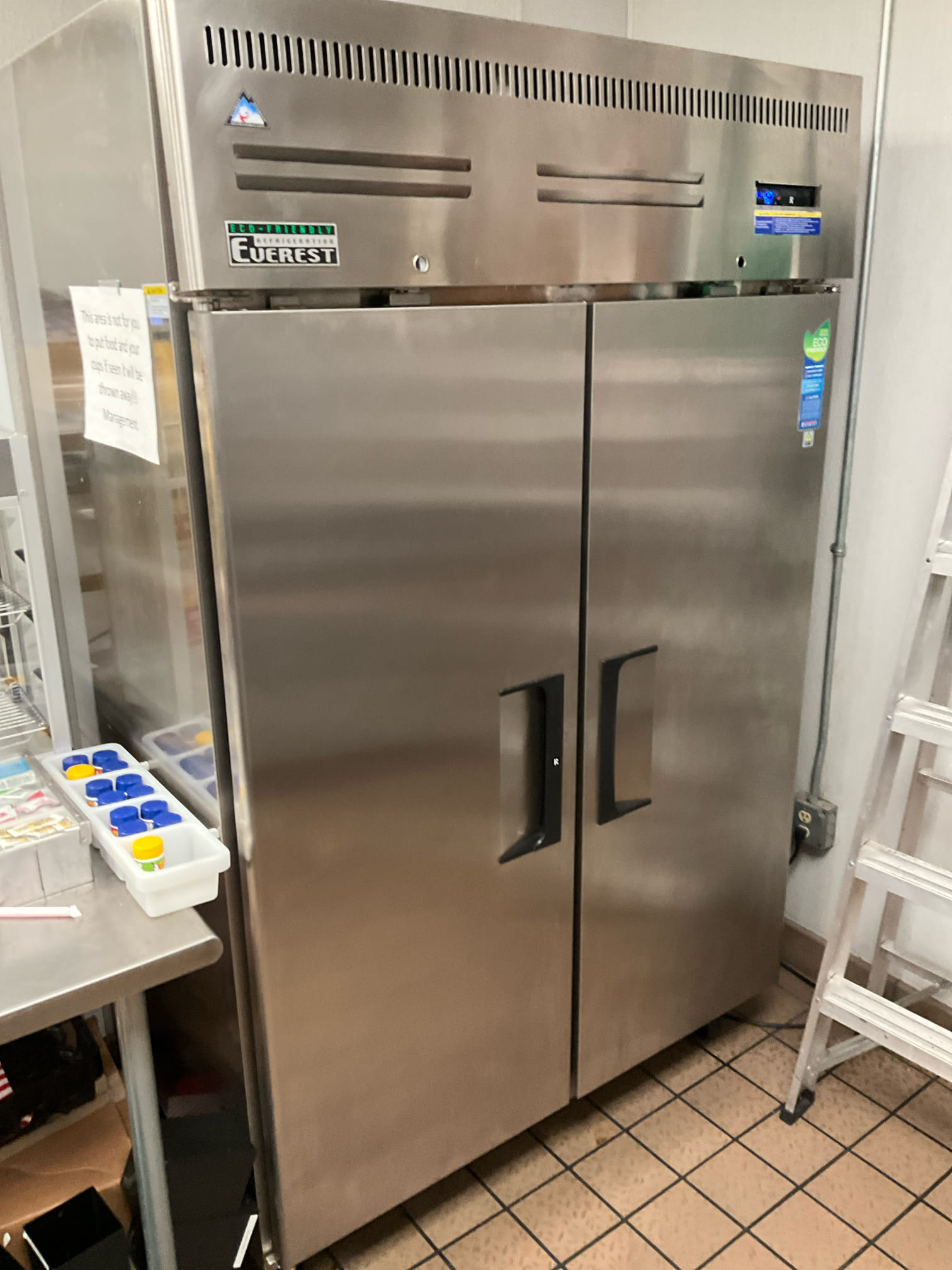
Best Practices for Loading and Unloading Walk-In Freezers Made Easy and Efficient
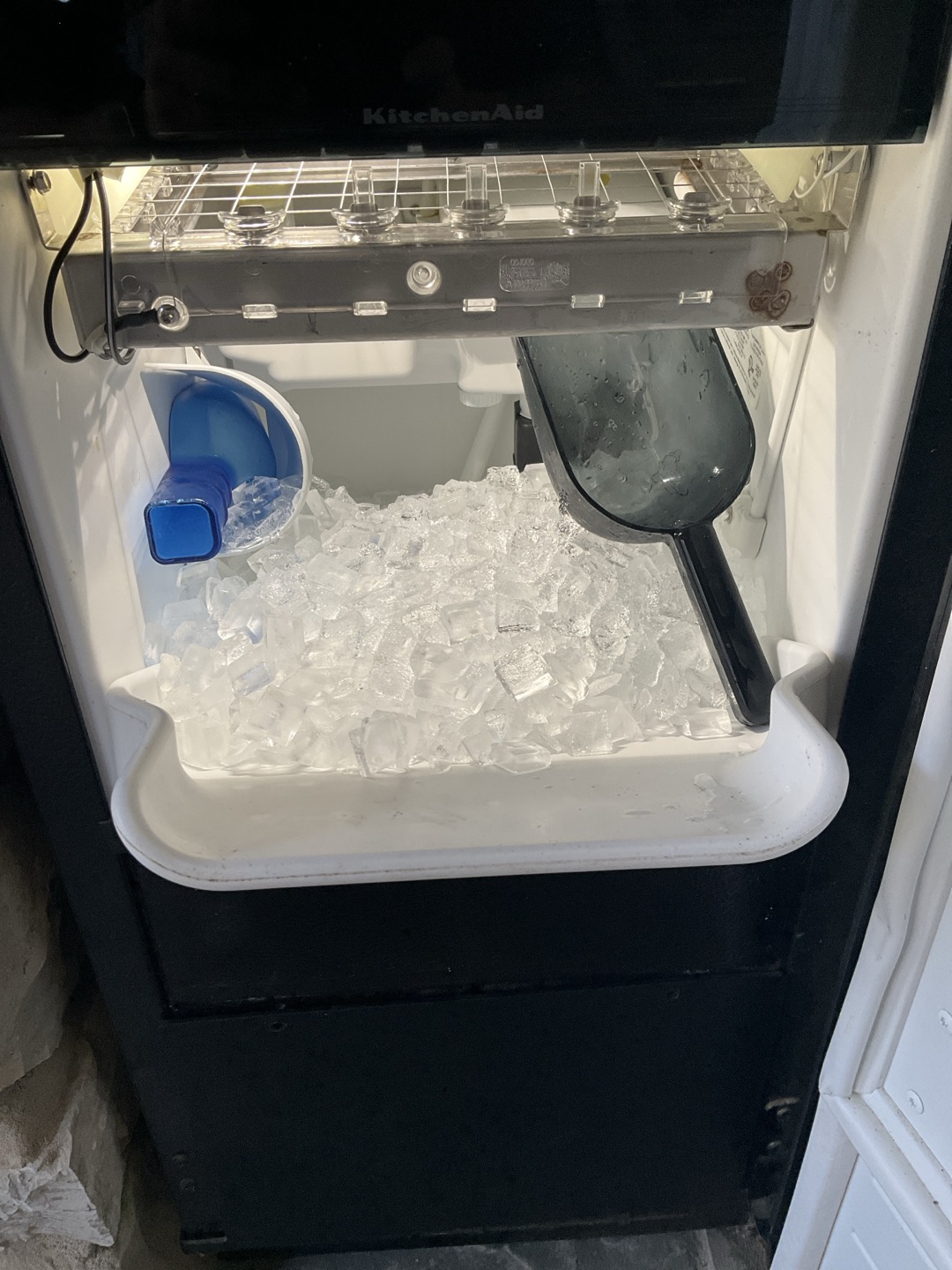
Best Practices for Cleaning Walk-In Cooler Shelving Tips for Maintaining Hygiene and Efficiency
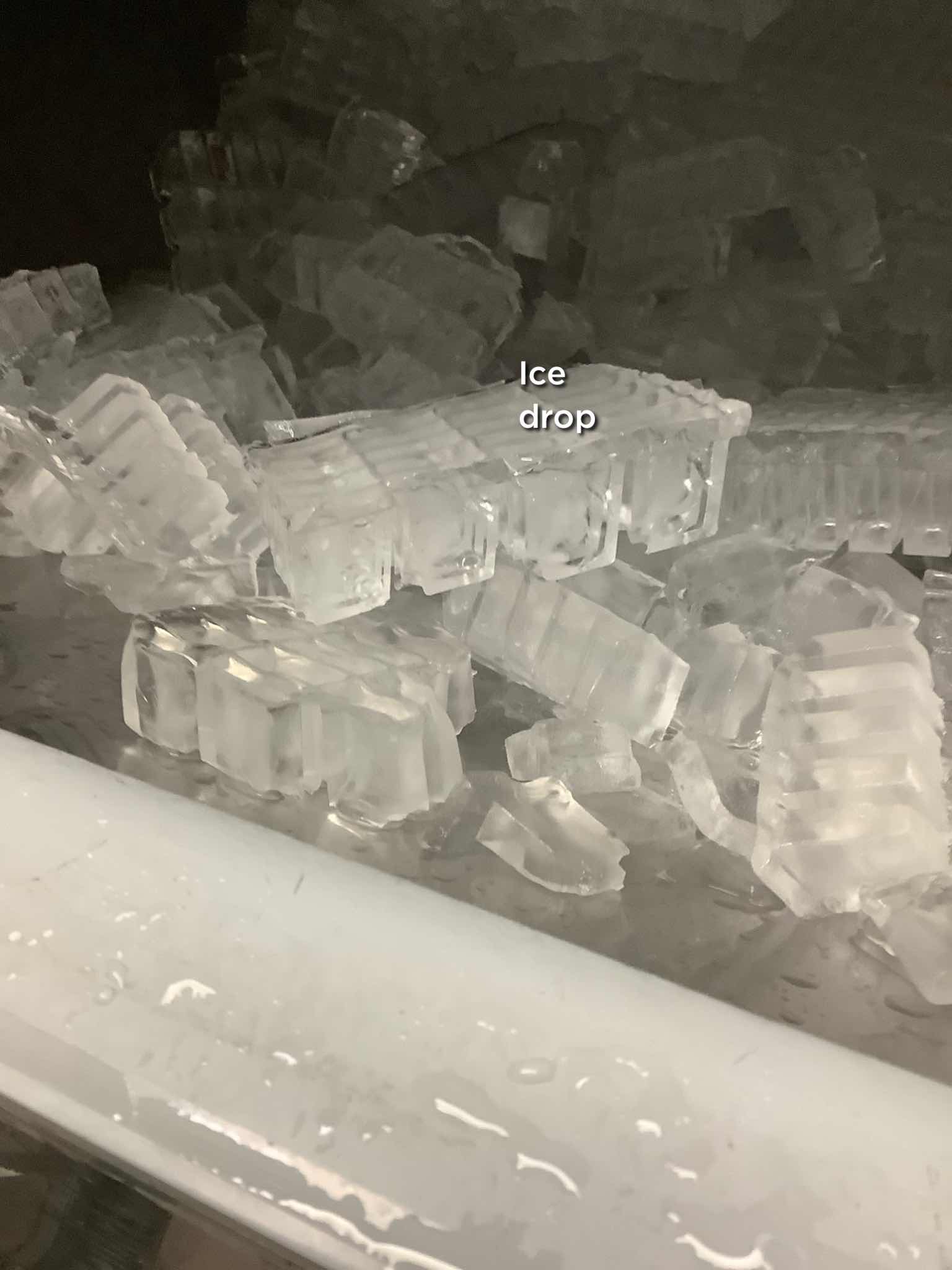
Best Practices for Cleaning and Sanitizing Commercial Ice Equipment to Keep It Safe and Sparkling

Best Maintenance Tips for Bar Refrigeration Systems to Keep Your Drinks Cold and Equipment Running Smoothly
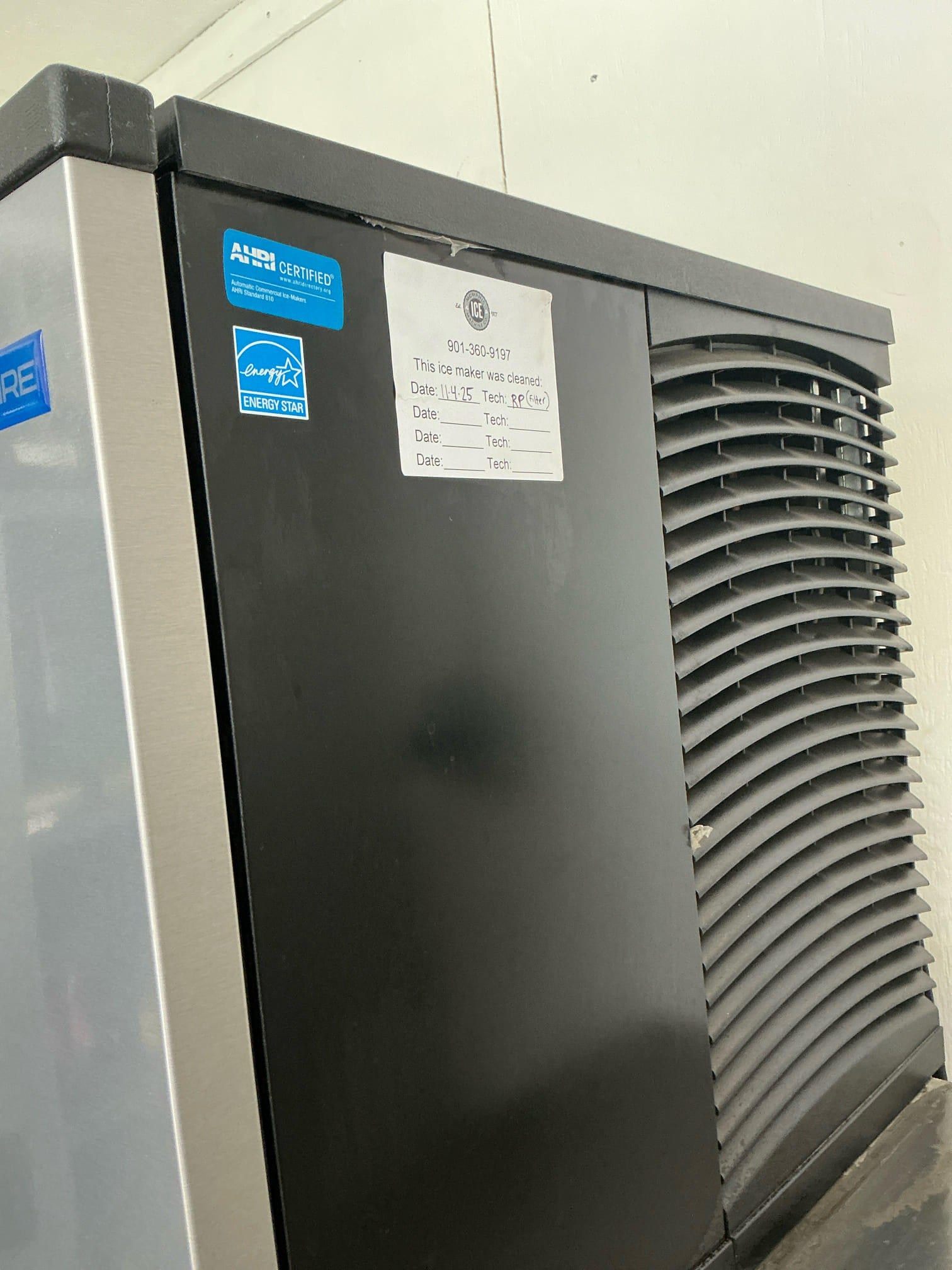
Benefits of Working with Certified Refrigeration Technicians for Reliable and Efficient Cooling Solutions
